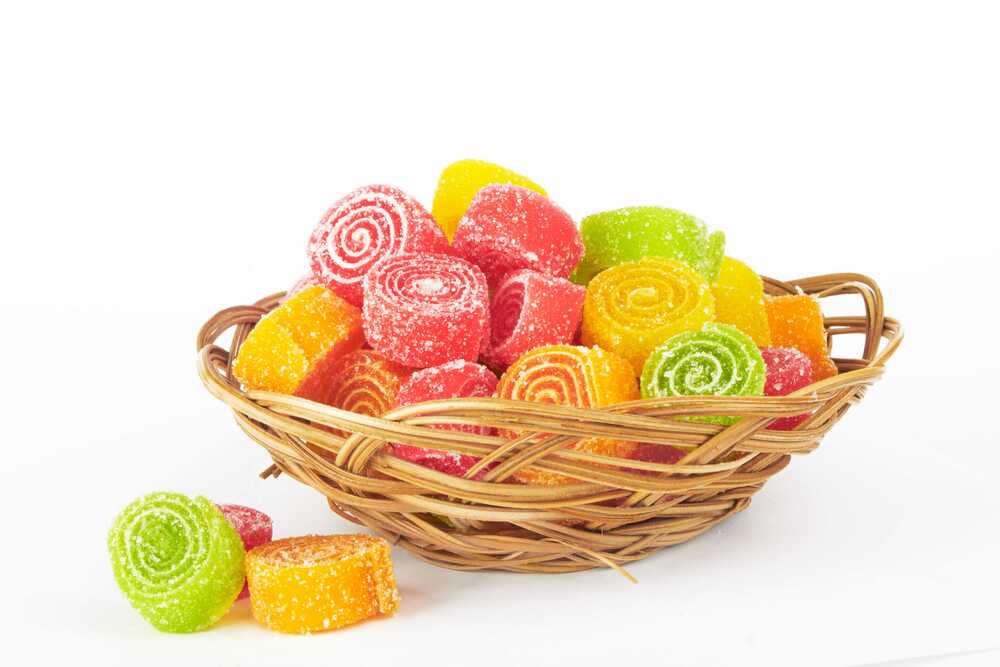
Edibles Dosage Calculator
Updated December 08, 2025
When consuming marijuana edibles, it can be difficult to determine the best dose for you. One that's too big can cause unwanted side effects, whereas one that's too small can fail to affect you at all. A dosage calculator is designed to help you determine the appropriate amount of THC and/or CBD to consume based on your tolerance, body weight, and desired effects.
Understanding how to calculate your optimal dose of edibles can both enhance your experience and ensure your safety. By using The Sanctuary Wellness Institute's calculator, you'll be able to eliminate the guesswork from the process.
Calculation of Infused Product’s Potency Entire Batch
Starting amount of cannabis (in grams; 1 oz. ≈ 28g) |
g |
Percentage of THC |
% |
Percentage of CBD |
% |
Amount of oil, fat (butter), or alcohol used for infusion (in cups)Note: Generally speaking, lower-quality cannabis, shake, or trim can contain as little as 3% THC, while higher-quality strains can average 25% or higher. On average, cannabis contains 15% THC. |
cups |
Potency Results Entire Batch
Total THC (in mg) |
1000
mg
|
Total CBD (in mg) |
50
mg
|
Total amount of THC per teaspoon (in mg) |
10.42
mg
|
Total amount of CBD per teaspoon (in mg) |
0.52
mg
|
Calculation of Recipe’s Potency Per Serving
Amount of infusion used in recipe (in Teaspoons) |
tsp |
Number of servings in recipe |
servings |
Potency Results Per Serving
Total amount of THC in entire recipe (in mg) |
52.08
mg
|
Total amount of CBD in entire recipe (in mg) |
2.60
mg
|
Total amount of THC per serving (in mg) |
5.21
mg
|
Total amount of CBD per serving (in mg) |
0.26
mg
|
*This Edible Dosage Calculator is intended as a tool for calculating approximate THC and CBD potency of cannabis-infused extractions and is not intended to be a corresponding substitute for lab testing.
Frequently Asked Questions
When it comes to determining the THC and CBD content of a marijuana edible, the product's packaging is generally the best source of information. Most reputable manufacturers label the product’s cannabinoid concentrations on its packaging, clearly indicating the amount of THC and CBD per serving.
Additionally, third-party lab testing results are sometimes provided, offering a detailed breakdown of the product's cannabinoid levels, contaminants, and overall quality. You may also be able to find this information on the manufacturer's website.
If your product doesn't have a label or has one that doesn't offer much information, you'll have to rely on strain guides and/or your dispensary's budtenders to gauge its potency.
To calculate the dosage of a marijuana edible, it’s essential to know the total THC content of the product, which is typically indicated on its packaging. For example, if an edible contains 100 mg of THC and the package says it can be divided into 10 pieces, each piece would contain 10 mg of THC (100 mg ÷ 10 servings = 10 mg per serving).
To gain more insights into the potency of an edible, we recommend using the calculator above.
The average marijuana edible contains 10 to 15 mg of THC. For first-time users, starting with a lower dose of around 2.5 to 5 mg is often recommended. It's essential to remember that the onset of effects from edibles can take anywhere from 30 minutes to 2 hours, so patience is crucial. When in doubt, start low and go slow. You can also try a microdosing approach to gradually find your ideal dose.
For experienced users, a 150 mg dose may be manageable, but for beginners or those with a low tolerance, it could lead to overwhelming psychoactive effects, including anxiety and paranoia. If you’re a new user, we recommend starting with a dose in the range of 2.5 to 10 mg.
A 10 mg gummy edible is considered a moderate dose of THC, especially for those who are new to cannabis or have a lower tolerance. Typically, this amount can produce noticeable effects, including relaxation, euphoria, and/or enhanced sensory perception. However, individual responses to THC can vary based on factors such as body weight, metabolism, and previous experience.
Consuming food before taking a marijuana edible can be beneficial, as it can slow the onset of the edible's effects, ease you into the experience, and provide a longer-lasting high. However, if you're looking for more rapid effects, we recommend taking your edible on an empty stomach.